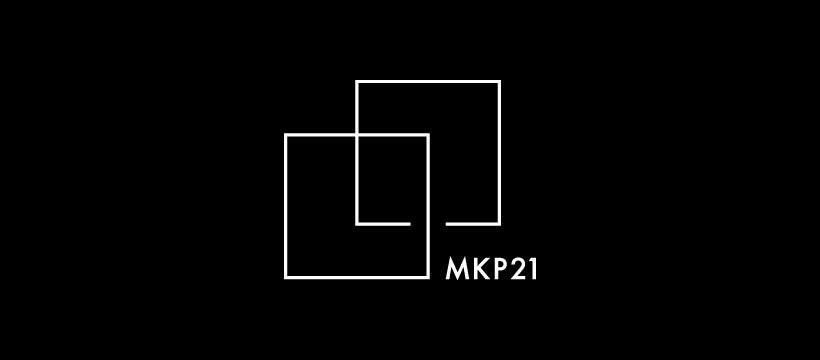No Cold, No Heat
When the stifling heat of summer arrives, I am reminded of a Koan from the collection called "Hekiganroku" (Blue Cliff Record), specifically the one titled "No Cold or Heat."
In this Koan, a monk asks, "How can one avoid heat and cold?"
When monks appear in Koans asking questions, their motives vary—sometimes they test whether the person he is facing is an authentic teacher, sometimes they simply ask questions in a most serious manner, or sometimes they try to show off their knowledge, resulting in revealing their total misunderstanding about what Zen is. The monk's question in this case suggests he asked about the Truth in relation to the climate that day.
To this question, the master Tozan replies, "Go to a place where there is no cold or heat."
This does not mean going to a place with moderate temperatures, or that one should be transformed into a zombie-like creature that feels neither heat nor cold, pain nor itch.
It would rather be a place where there is no “subject” that is feeling the heat (or cold), alongside an “object” felt—heat (or cold), at the same time it clearly being hot (or cold).
Precisely articulating this using words poses us considerable difficulties. If we were to make a little more effort to put this into words, it might be something like "a place where only heat (or cold) exists," or simply "JUST hot."
Let's consider another familiar example; our breath.
Unless our nose is blocked or there's a respiratory issue, we don't usually consciously think about our breathing. But if someone suddenly asks, "Are you breathing?" you will likely become aware of the breathing that is constantly happening. Along with that, you might faintly become aware of the "self" that is breathing.
This experience is somewhat akin to being called out when you're in a daze, suddenly “coming to yourself” and realizing, "Oh, right, I'm breathing."
Now, before being asked something like "Are you breathing?", were “you” really breathing? Upon closer reflection, many things seem somewhat ambiguous about this.
As a matter of common sense, we are always breathing; but still, there's no clear way to confirm (other than by referring to memories, which oftentimes deceive us) that we were breathing a few minutes ago. Without being conscious of our own breathing, can we still be 100% certain that the "self" breathing and the breath are both, always, here?
Right now, if we pay attention to the sensation of heat (or cold), how is it felt? If we strip away the label (name) "heat" from the sensation of heat we feel on our skin, what remains?
Sensory perception? If we remove even that label "sensory perception," what then? Internal sensation? "Something"? If we even peel away the label "something", and remove all the language labels associated with a particular sensation, what remains? Maybe it's not appropriate to call that something, but still, “something” is. This is what the Zen ancestors assert.
Then, how can we discover it?
Tozan Zenji says, "When it is hot, be the heat." Being the heat is, in essence, reducing the imagined distance between the feeler of the heat and the felt, the heat, to zero.
Why would such an instruction be given? It's because being the heat is the stripping away of all labels, and the dropping off of both subject (the feeler) and the object (the felt).
Next time you’re in a scorching heat, rather than wishing you were in an air-conditioned room, try being the heat. You might make an interesting discovery.
